Help students plan out persuasive writing with this ‘The Best Book’ persuasive writing project.
✍️ Persuasive Writing Planning and Writing Templates
This resource download includes everything you’ll need to start your students on their persuasive writing journey. Firstly, we begin with a prompt – what is the best book? Then we have the following persuasive writing templates:
- Brainstorming template.
- Persuasive reasons and supporting details planning template.
- Persuasive writing structure planning template.
- Final copywriting template (perfect for displaying in the classroom).
- Persuasive writing student checklist (differentiated).
How to Use This Resource in the Classroom
The best thing about this resource is that it does have everything you need to get your students planning and writing a persuasive text. Here is a suggested step-by-step guide for using this set of templates in your classroom.
- Hook the students in! Get students to bring a couple of their favourite books from home or the school library, look through them and spend time reading them to their friends.
- Introduce the project. Give the students each a copy of the booklet and turn to the brainstorming sheet. Have students write down things they can see in the books they have brought in from home or the library.
- Plan for writing. Guide students through the planning phase using the template provided. Have them create an outline that includes an introduction, body paragraphs with supporting evidence, counterarguments, and a conclusion.
- Research and Gather Evidence. Teach students how to research and find reliable sources to support their arguments.
- Draft the persuasive text. Have students start to write their persuasive text based on the outline they created. Talk about clear and concise writing and using persuasive language. You may like to make a word wall of high-modality words to assist struggling students.
- Peer review and editing. Encourage students to exchange drafts for feedback and encourage constructive criticism and suggestions for improvement.
- Teacher feedback. You may like to provide some feedback before the final piece is written and presented.
- Finalise and present. Write a final copy, and students can present their text to the class or the principal.
Persuasive Writing Lessons Have Never Been So Easy!
Use the dropdown menu to choose between the PDF or editable Google Slide version of this resource.
This resource was created by Lindsey Phillips, a teacher in Michigan and a Teach Starter collaborator.
More Persuasive Writing Resources
We’ve got you covered for every persuasive lesson plan:


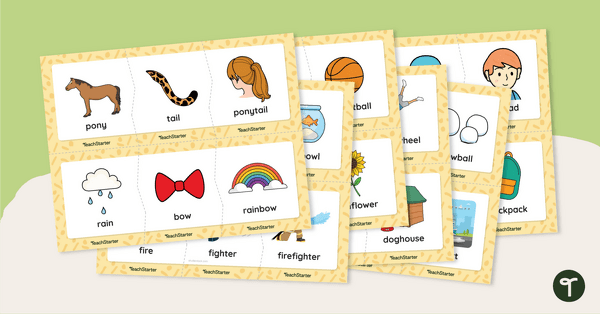
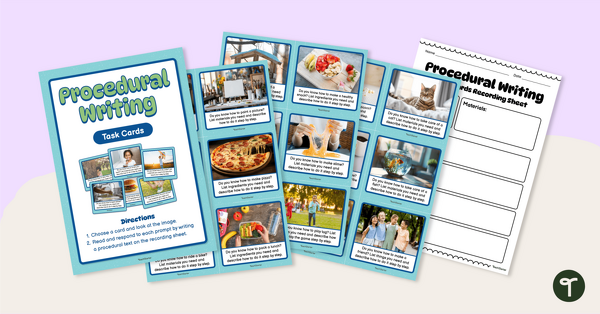
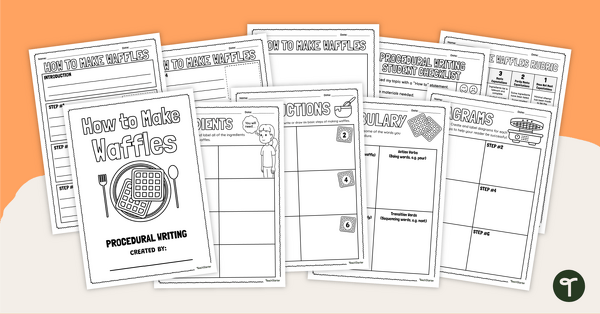
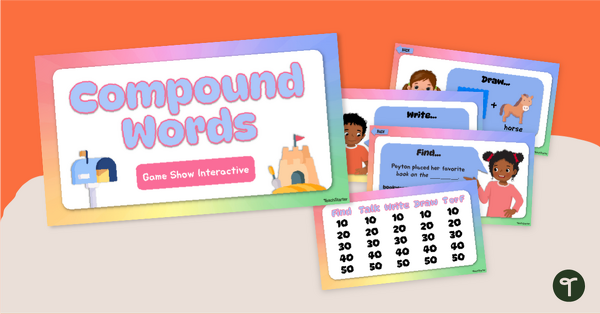
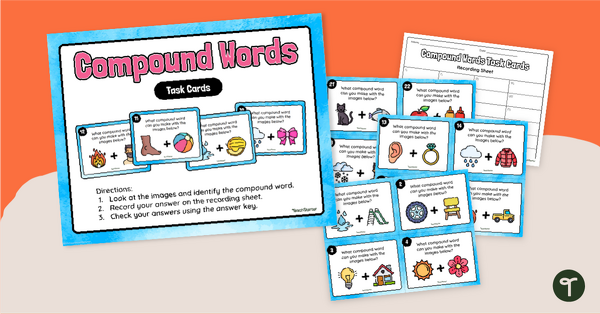
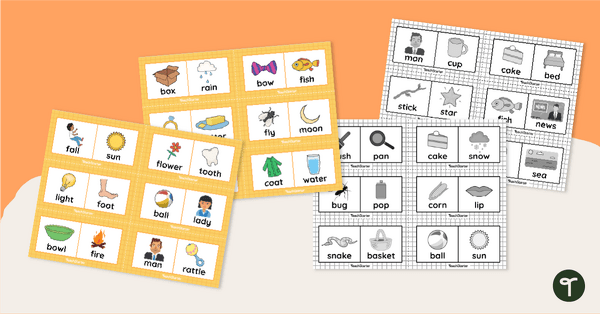


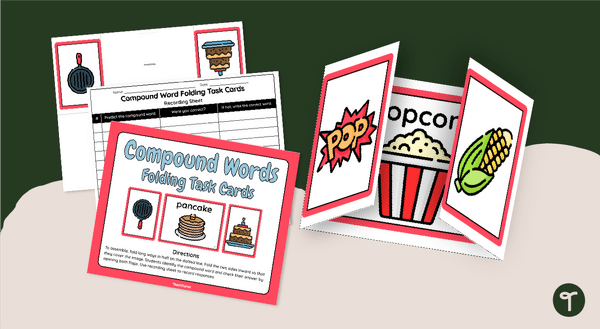
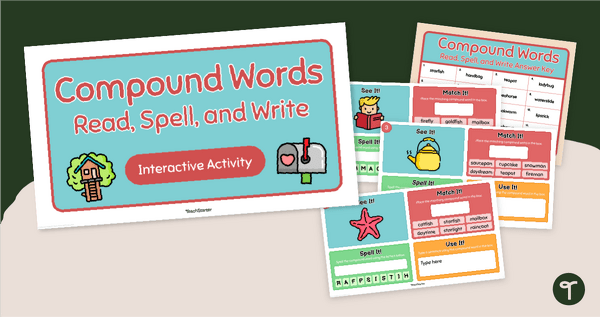
0 Comments
Write a review to help other teachers and parents like yourself. If you'd like to request a change to this resource, or report an error, select the corresponding tab above.